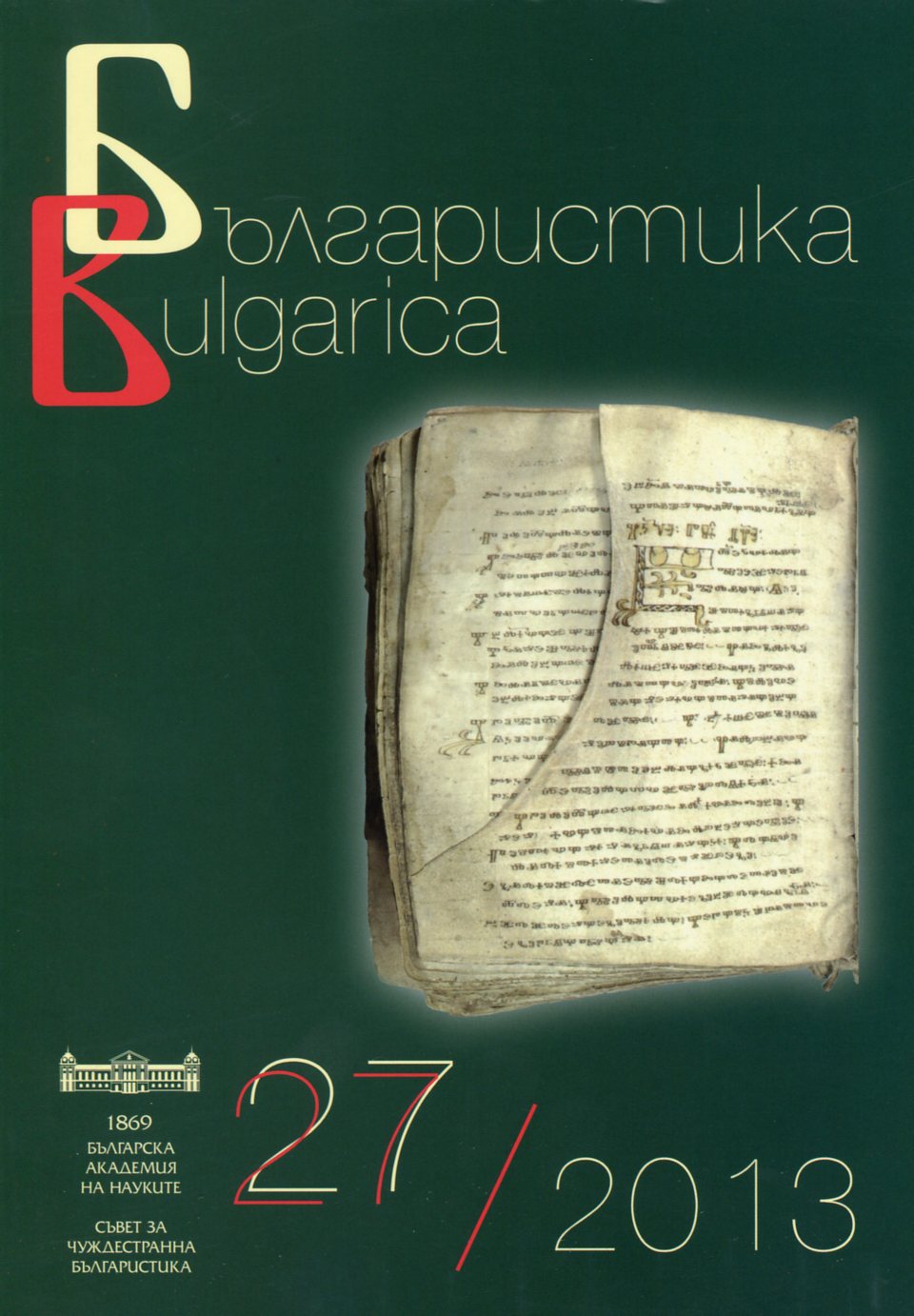
Дисертации
Defended PhD theses in Bulgaria in the field of linguistics, literature, history, folklore, ethnography and art studies
More...We kindly inform you that, as long as the subject affiliation of our 300.000+ articles is in progress, you might get unsufficient or no results on your third level or second level search. In this case, please broaden your search criteria.

Defended PhD theses in Bulgaria in the field of linguistics, literature, history, folklore, ethnography and art studies
More...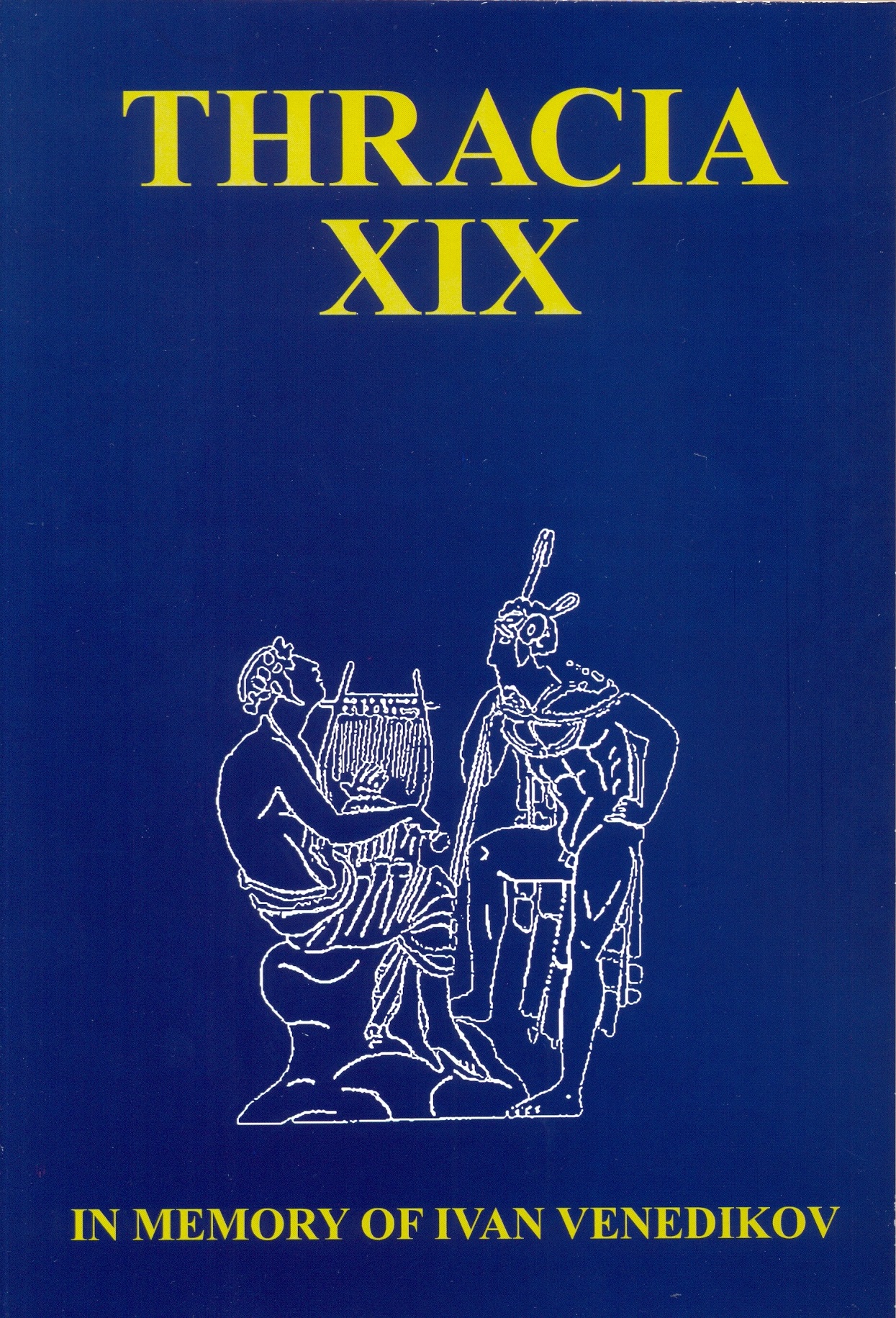
In the proposed paper the author has published for the first time two of the Greeks inscriptions found by him and Ivan Venedikov during archaeological excavations conducted by them between 1958 and 1970. The first inscription is the upper part of a marble slab and it contains an honorary decree concerning more than one – possibly two – citizens of the city of Neapolis (or Neopolis, accordingly). It is interesting to note the absence of reference to “the city council and the people” of Messambria. Some privileges are not expressed with their full text in the inscription, which complicated the reconstruction of the damaged or missing text. The author assumes that Neapolis from the decree was the same city as that on the Aegean Sea (in the present-day Kavala in Greece). The second decree was issued in honour of the ancestors of Dionysios, son of Omphalion, who held important posts in the city. His father occupied the priestly position of hieromnemon (hieromnamon in the Doric cities). That occupation appeared for the first time here in the colonies along the Western Black Sea coast. Both inscriptions should be dated to the 3rd century BC.
More...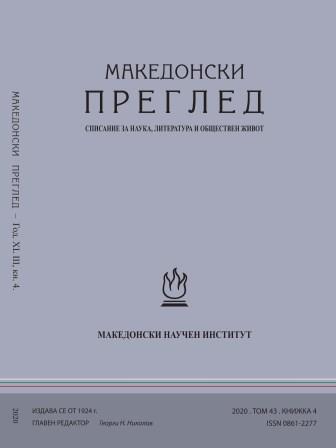
The article analyses biographic evidence on the educational formation and professional activity of all the fifty two founders of the Macedonian Scientific Institute in 1923 in view of their interconnectedness with Salonica (Thessaloniki). According to the available data over half of them, 27 out of 52, were directly associated with Bulgarian educational and academic institutions that functioned in the city until1913. Prosopographical analysis of that specific key group is one of the proofs that Macedonian Scientific Institute could be considered as an intellectual inheritor that directly continued the traditions and spirit of the Bulgarian secondary schools (gymnasiums) in Salonica.
More...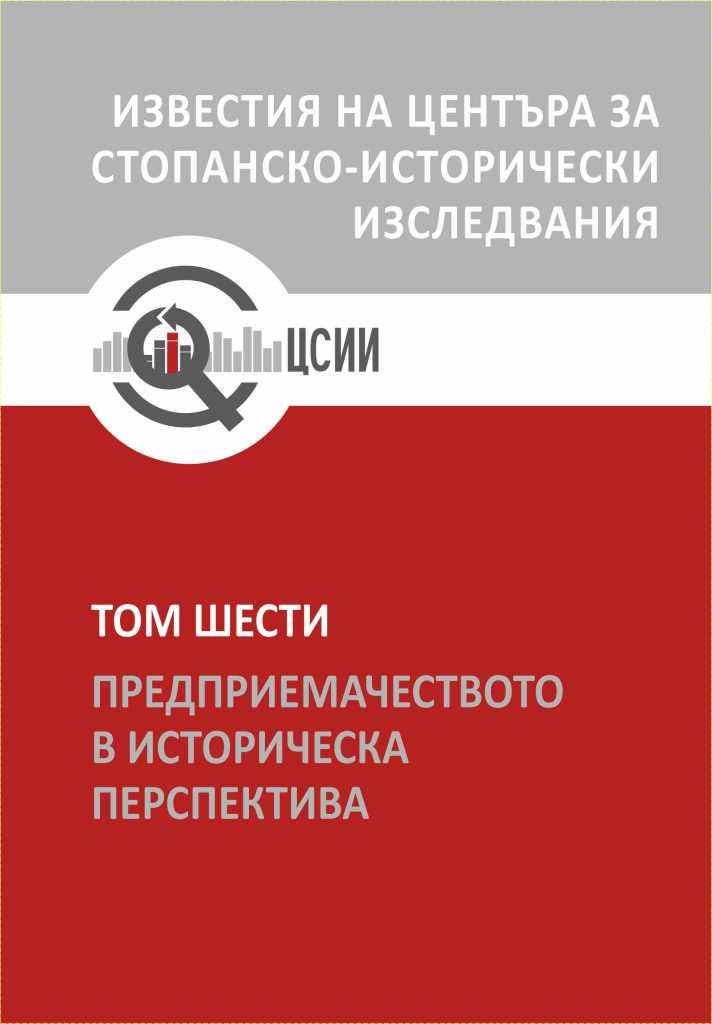
The article presents an analysis of bankruptcy as an important event of the market relations during the Bulgarian National Revival period. The problems arising around bankruptcies are the main motives for the creation of modern commercial law. The many bankruptcies in Europe in the early 19th century caused by the wars and the crises necessitated the codification of the commercial law. Then the French ‘Code de commerce’ appeared, promulgated in 1807. The first commercial laws of most countries in Europe and the world were created on the model of the French ‘Code’. The Ottoman Commercial Law, promulgated in 1850, was also created on the basis of French ‘Code de commerce’. Most of its content is aimed at bankruptcies. The article presents data on bankruptcies of Bulgarian merchants and companies in the 1850s, 1860s, and 1870s – how, when, and for what reasons they happen. Bankruptcies of some of the rich and well-known Bulgarian companies are also presented. At the end of the article the following main conclusions are made: 1/ On the Bulgarian market, as part of the Ottoman market, the bankruptcy was documented only in the third quarter of the 19th century, i.e. after the promulgation of the Ottoman Commercial Law. 2/ Most bankruptcies are caused by the general economic situation in the region and in Europe – the crises in the 1850s, 1860s, and 1870s, uncollected debts from traders and companies, bankruptcies of partners. The reason for the bankruptcies is also the poorly kept commercial documentation of the traders and the companies. 3/ There are also intentional bankruptcies („cunning bankruptcies” as defined by the Ottoman Commercial Law), but the data about them are incomplete and doubtful, as the real situation in most cases remains hidden from the authorities and the commercial courts. 4/ Bankruptcies directly concern the main professional and moral categories, assessed as important during the era – the honesty, locality, reputation, self-consciousness of the commercial class. A larger study is needed to show in which direction these categories are developing in the process of formation of the Bulgarian economic culture after 1878.45Key words: Bulgarian National Revival Period, bankruptcy, commercial courts, entrepreneur, entrepreneurship, economic culture, commercial reputation
More...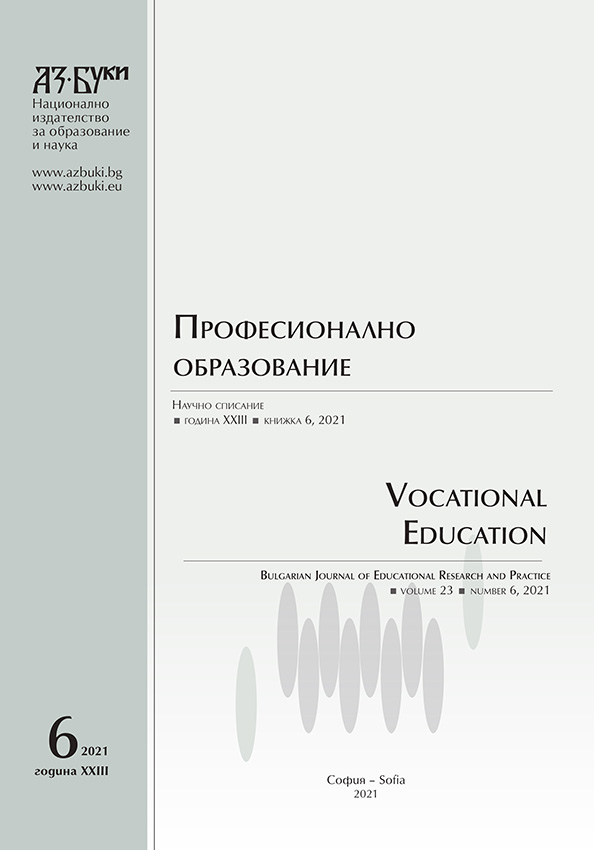
This article presents the main dimensions of the intercultural educational environment, systematized in the framework of research on contemporary intercultural educational programs for ethnographic and historical museums. In this context, the results of a study of the opinion of teachers on the need and importance of the implementation of intercultural educational programs for ethnographic and historical museums have been interpreted.
More...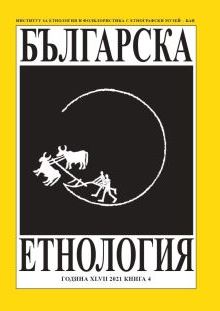
After 1944, both the Bulgarian society and economy began to undergo rapid transformations, one of which was the accelerated industrialization. With its development there was a steep increase in industrial mischances and serious accidents at work. This phenomenon became an essential element of the everyday life of the rapidly growing working class in Bulgaria during the 50s and 60s. Naturally, the increasing number of incidents also provoked certain public perceptions, which the ruling Communist Party was extremely concerned about, fearing that they would undermine the image of the regime that state propaganda was trying to implement.For this reason, the tried to monitor, control and direct in a certain direction the public perception of all misfortunes at the workplace. During different periods of its rule, the communist regime used various schemes, methods and means to influence the development of the population’s attitude to industrial incidents, accidents and catastrophes. Although this constant pressure from the authorities and the propaganda have played a significant role in the public point of view, they have not fully achieved the results desired by the party. Without finding an official public expression, society’s attitude to the industrial accidents for the most part did not coincide with that of the regime, which further reinforced the authorities’ fears of a possible wider disclosure of serious industrial catastrophes. This, in turn, further complicated the efforts to minimize such failures.
More...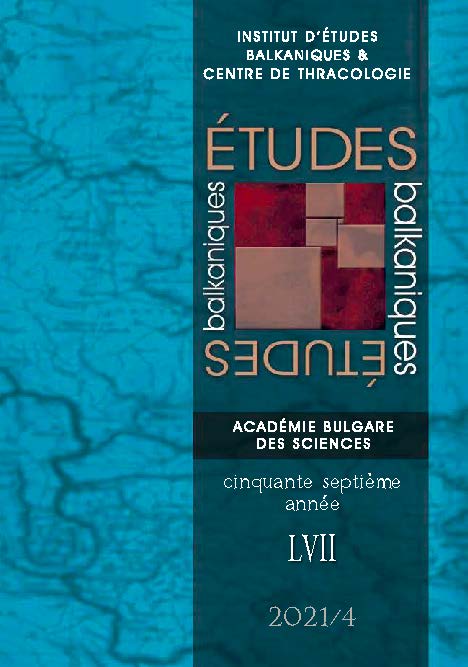
The exploration of the Romanian communist experiences and memories has generated several collective representations ranging from trauma of the past to everyday life images and narratives, communist memorabilia and nostalgic feelings. The role of literature and art in addressing the communist past has been increasingly more often included in the current debates. This paper argues that based on its visual constructions, comics expand the general knowledge of the past by targeting a segment of audience that may engage more deeply with visual expressions than with other memory media. Therefore, comic books can mediate the transgenerational transmission of memory and the reading of past narratives. Using as a case study a collective volume dedicated to the 1989 Romanian Revolution, this paper questions the use of graphics and narratives in (re)working past events and explores the dynamic of trauma, fear and violence in comics. Special attention is given to the way in which meaning is produced or conveyed and to the strategies used to address past events. Based on three interconnected instruments – content analysis, close reading and mise en scène – the graphics and narrative of the represented events are examined in relation with both the memory and the postmemory of the communist past.
More...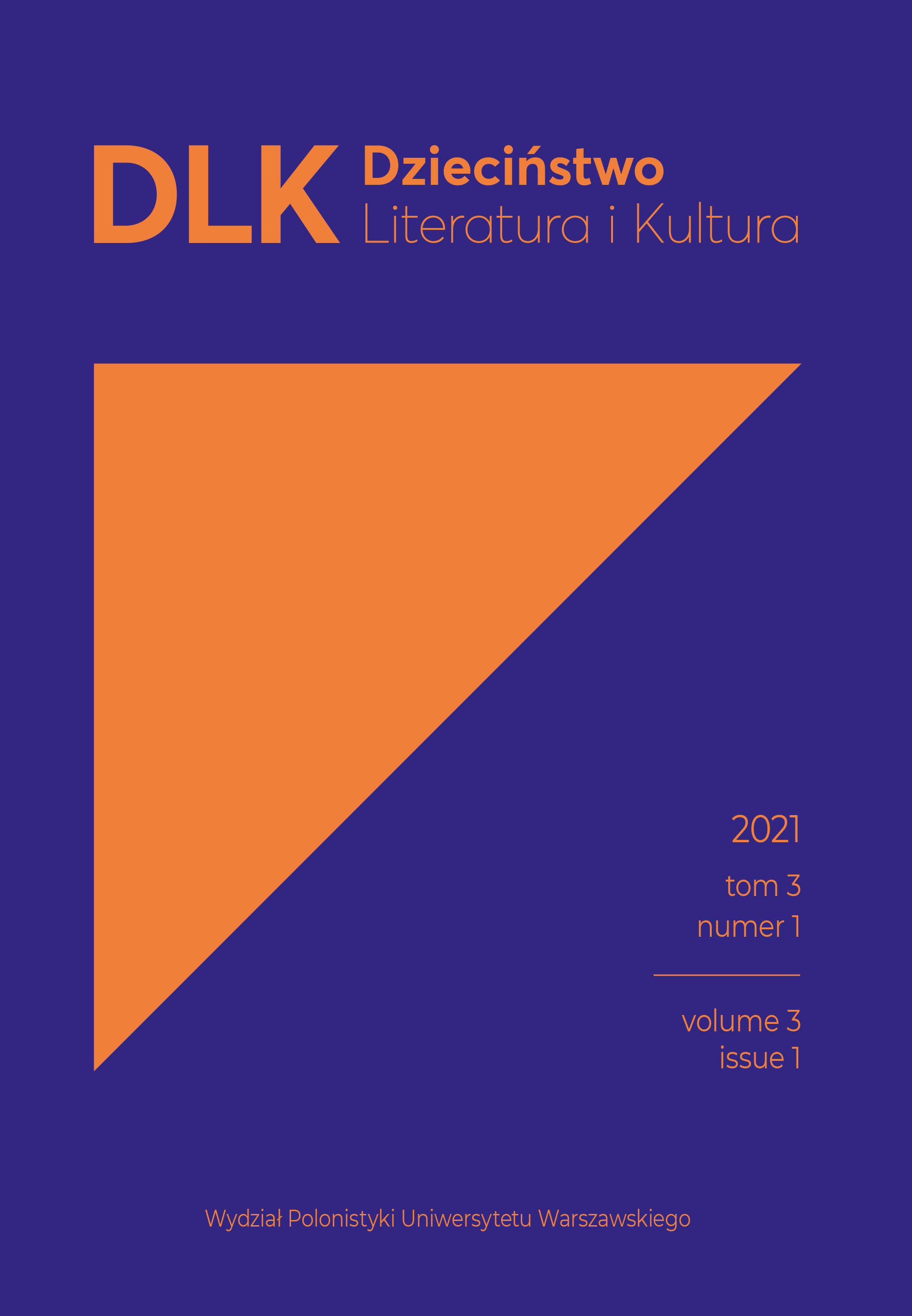
Words and images, literature and space, texts and a map, a museum and a city – these are the most important pairs of concepts that summarise the assump-tions and results of the research and publishing project of the Museum of Warsaw,Words and images, literature and space, texts and a map, a museum and a city – these are the most important pairs of concepts that summarise the assumptions and results of the research and publishing project of the Museum of Warsaw,the output of which is the anthology Legendy warszawskie [Legends of Warsaw], selected by Anna Marta Zdanowska, edited by Julia Odnous, and with graphic design and illustrations by Wojciech Pawliński, that was published in 2016 (English edition – 2020). The author of the article looks at Mapa legend warszawskich [Map of Warsaw Legends] included in the book and analyses what it shows in the context of research on the relations of territories, their graphic representations, and the accompanying text.
More...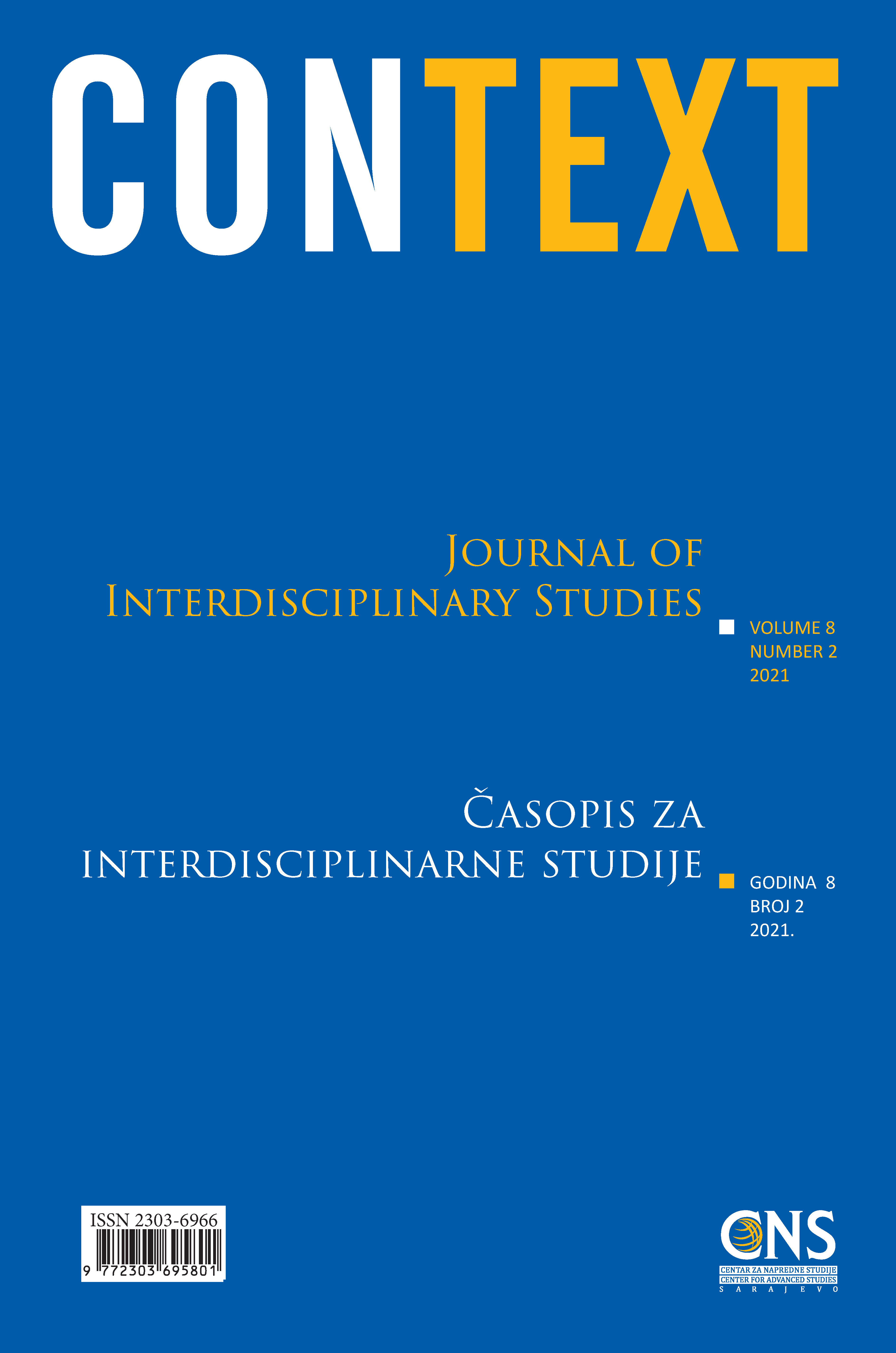
After the serious shortcomings of the mechanism of the UN system of response to frequent cases of serious threats and survival of human groups were identified at the end of the 20th century, the report “Responsibility to Provide Protection” was submitted in 2001 and incorporated into the UN system in order to improve the mechanism for responding to these threats. At the beginning of the 21st century, the Rohingya people of Myanmar faced systematic denial of basic human rights and decades of crime. The paper presents the attitude of the international community towards the denial of basic human rights and crimes against the Rohingya community in Myanmar. The elaboration of the mentioned relationship was made following the principle of the doctrine of responsibility for providing protection. We found that the international community did not apply the principles of responsibility for protection and did not take the necessary measures to protect and restore the basic human rights of the Rohingya, although there were reliable indications that crimes against humanity and other crimes had been committed against them for decades.
More...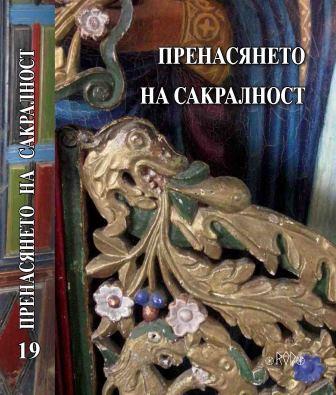
The period V–VIII cent. AD is particularly dramatic in the history of Bulgarian lands. Cardinal changes occur on the Balkan Peninsula, but up to this day it is lively debated whether and to what extent these changes are accompanied by cultural and ethnic continuity. The present study offers a number of facts expressing such continuity.
More...
We consider the process of taming space, turning a profane place into a sacred one, mythologizing, overgrowing with legends and rituals on the example of objects in the southern Urals: Arkaim, the rock complex “Steppe Madonna”, makeyevskaya arbor, the island of Faith, etc. We distinguish three types of “sacralization” of space: political, commercial, and spontaneous. We note the commercial type of sacralization in Arkaim. The spontaneous type includes the sacralization of other listed objects. We note a tendency to hierotopical elements of the cultural landscape. It 45 reflects, first, the desire of modern man to understand the past, a protest against the Erasure of national identity, and secondly-an eclectic picture of the human world, including both elements of traditional religion and pagan components.
More...
The funerary chapel of the Bachkovo monastery stands out among other Byzantine sanctuaries especially for the specific symbolic meaning of its iconographical programme. Conceived in accordance with the liturgical use of the building, its frescoes served as visual support to the celebration of commemorative and funerary services for salvation of the souls of departed monks of the monastery. By introducing a selection of rare representations from the Bachkovo ossuary, I will exemplify the interaction between performed rituals and painted iconography, based on written liturgical sources. Furthermore I will discuss the role of figurative liturgical objects in the definition of sacred space in Byzantine culture.
More...
Sitovo is one of the picturesque mountain villages, located on the northern Rhodope slopes. Its history, like the history of many other villages, gets lost back in time. This article presents part of our carried field surveys. Highlighted mainly are the holy sites and the Christian cults as part of the worshipping traditions of the local population. The necropolis of Sitovo is also presented as a specific element of the architecture of the settlement. The funeral practices, representing a significant element of the worldview of the local residents, are also dealt with. The information about them is scarce in the widely known literature.
More...
The study is an attempt to outline the mechanisms of memory and forgetting by narratives about displaced and destroyed villages Zhivovtsi and Kalimanitsa, to trace the rural history and individual life trajectories before and after creating the dam, to analyze ritual practices in the past and nowadays. Attention is paid to the processes sacralisation-desacralization-resacralization.
More...
Invariable parts of the Bаchkovo Monastery history are the clerics, who ruled the holy cloister through the years. These people are part of the surrounding region history also. The Monastery priority and connections have spread beyond the state borders. The Monastery government, spiritual life and its economic development have been а top priority for the Monastery council, who’s chairperson has been the abbot. Some of the abbot’s names have been lost in the dynamics of time, for others we do not have firm dаtаs. My attempt to make this chronological list turn out to be difficult. There will be added more names; years and dates will be corrected to all this that I have managed to collect and write. This theme will stay open in the future, and each addition or correction will be а contribution to this attempt for chronological list of the Bаchkovo Monastery abbots.
More...
This text focuses on the research, observations and analyzes on the heritage of the fisheries communities along the Lower Danube, carried out with the implementation of the project “Memofish – Memory and Future. Stories about the Danube Civilization”, and in line with a number of strategic documents, focuses on the promotion of a Common Policy for Local Strategies that enables the sharing of cultural heritage. The heritage of fisheries communities in the Romania-Bulgaria crossborder area is a multifaceted topic because it focuses on ancient knowledge of nature and contemporary skills. It applies both to the mysteries 260 of a craft that disappears and to the techniques of preserving the river world. The heritage of fishing groups is little known outside their settlements even to researchers. Therefore, it is not known to contemporaries who seldom can take advantage of it to provide new jobs and income through alternative forms of tourism, or do not assume how to protect it effectively and develop sustainably. The Danube fisheries communities are recognized in this study as a specific model of groups, united by a common conception of the value of an element of the past, which is nowadays important for the distinguishable of these groups and their existence, since cultural heritage be in the focus of knowledge. Conservation and socialization activities are increasingly seen as a collective process in which local communities play an important role. Awareness of the value of heritage is a key component in creating a community that reflects on the processes of socialization and demonstrates the effectiveness of interaction between the community and heritage, since the binding elements are not political but cultural. This also demonstrates the ability to implement an integrated approach to managing cultural heritage through trust in the capabilities of communities.This text focuses on the research, observations and analyzes on the heritage of the fisheries communities along the Lower Danube, carried out with the implementation of the project “Memofish – Memory and Future. Stories about the Danube Civilization”, and in line with a number of strategic documents, focuses on the promotion of a Common Policy for Local Strategies that enables the sharing of cultural heritage. The heritage of fisheries communities in the Romania-Bulgaria crossborder area is a multifaceted topic because it focuses on ancient knowledge of nature and contemporary skills. It applies both to the mysteries 260 of a craft that disappears and to the techniques of preserving the river world. The heritage of fishing groups is little known outside their settlements even to researchers. Therefore, it is not known to contemporaries who seldom can take advantage of it to provide new jobs and income through alternative forms of tourism, or do not assume how to protect it effectively and develop sustainably. The Danube fisheries communities are recognized in this study as a specific model of groups, united by a common conception of the value of an element of the past, which is nowadays important for the distinguishable of these groups and their existence, since cultural heritage be in the focus of knowledge. Conservation and socialization activities are increasingly seen as a collective process in which local communities play an important role. Awareness of the value of heritage is a key component in creating a community that reflects on the processes of socialization and demonstrates the effectiveness of interaction between the community and heritage, since the binding elements are not political but cultural. This also demonstrates the ability to implement an integrated approach to managing cultural heritage through trust in the capabilities of communities.
More...
The text presents various publications and records of the song of the King Ivan Shishman in an attempt to contextualize it as origination and use. A possible hypothesis is the dating of the song in time immediately after the fall of Bulgaria under Ottoman rule as a reflection of real historical events. However, the song was especially popular during the Renaissance with urban melody and most probably it was the time that the name of the last Bulgarian king was added to the text in the context of constructing our national identity in the second half of the 19th century.
More...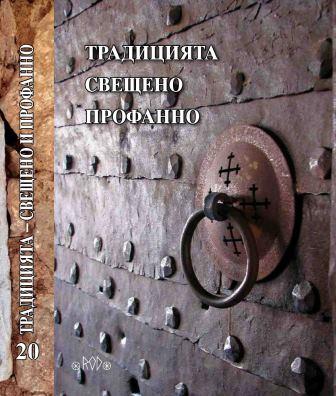
In this article; we will examine the question concerning the roots and the meaning of the settlements: Samokov; Alino; Belchin and Popovyane. Each name is key to unveiling moments of their history and establishment. We begin with the earliest historical records of the settlements; to give us context about the meaning of their names. The available historical sources are dated between the middle of the 15th century and the first half of the 16th century. These names; with little exemptions; remain unchanged to this day. Their toponyms predate the Turkish slavery in the region.
More...
The text contain the information about Averkiy – one of those Bulgarians, whose particular deserts for the development of the school deed, the fight against the Phanariots, the literature and the national revolutionary fights. He is also a cleric, and author of church chants, and figure of the Bulgarian national Renaissance. He was born in Dupnitsa in 1802 in the family of a priest. As for many figures of the period of the Renaissance there is not much kept information. Averkiy has worked as a teacher for many years. From 1858 to 1878 he is an abbot in the Monastery of Osogovo – “St. Yoakim Osogovski” (today’s Republic of North Macedonia). After the liberation, the Monastery of Osogovo stays within the borders of the Ottoman Empire – this is the reason to movement of Averkiy to the Zhablenski monastery (in the area of Radomir, Bulgaria). He spends his last years reconstructing the monastery Averkiy dies in 1881. We determine Averkiy as a collective figure of the fighters of the epoch of the Bulgarian Renaissance. Clever, highly- educated, devout and sacrificial. This is him – worker for the enlightenment and literature, fighter for church independence, rebellion and preacher.
More...
There is an old legend that tells a story about the origins of the name of the town Vinica, which is located in the east of R.N. Macedonia. According to the legend, long time ago there was a severe drought in the town and because of the lack of water and abundance of wine, when 163 building houses people used wine to make mortar. And the town got its name. But opposed to the legend there are old written sources in which the toponym Vinica is mentioned. It was first documented in the Slavic written monuments from the 16th century. The name is of Slavic origins and means a place where vine grows, vineyard. People of Vinica have always been known for growing large areas of quality vine and production of good quality wine. We have learned from the historical sources that the first vineyards here were cultivated even in the ancient times, at the time of Roman arrival. During the archeological excavations in Vinica area various mobile materials made of metal and ceramics from different periods was found on which vines (grapes) are engraved as decorative ornaments. Among the most exhibited is the ceramic relief ‘79 Psalm of Asaf” (Grapevine), part of the world famous Terracotta reliefs, on which, in the central part a grapevine with grapes is depicted. This relief that has inscription VINEAM in its upper part today is recognizable trademark of the town under Vinichko Kale.
More...